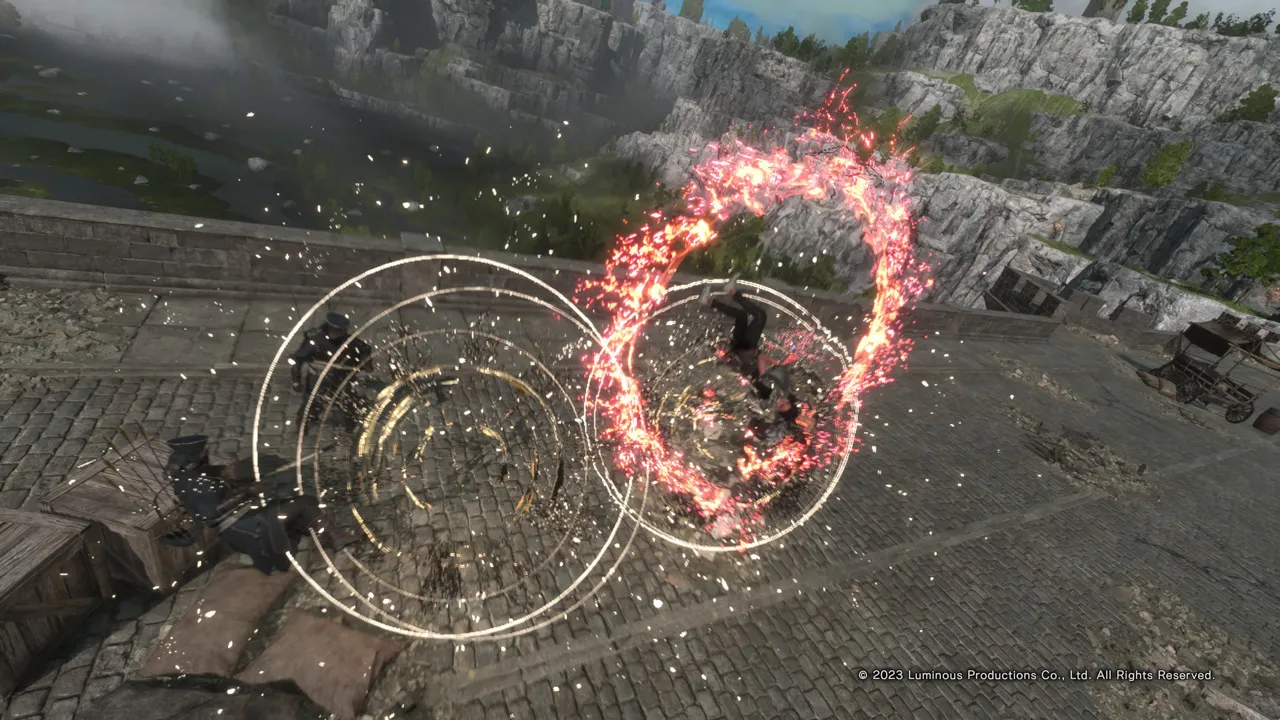
Forspoken: A Stunning World, A Shallow Story
Forspoken, the latest action RPG from Square Enix, arrives with much fanfare, marking a return of the Luminous Engine that powered Final Fantasy XV. Released as a timed console exclusive for the PlayStation 5 alongside a PC version, Forspoken carries the weight of next-gen expectations, with a hefty $70 price tag to match. But does the game live up to the hype Square Enix has diligently cultivated? Let’s delve in and explore what Forspoken truly offers.
 Frey in Forspoken
Frey in Forspoken
A Narrative That Falls Flat
Despite promising a deep narrative and a breathtaking world ripe for exploration, Forspoken’s story ultimately underwhelms. The game follows Frey, an orphan who stumbles upon a magical bracelet that transports her to the dangerous and mysterious world of Athia. Her journey then becomes a quest for answers and a way back home.
Surprisingly, Forspoken’s writing team boasts some notable talent, including Gary Whitta (co-writer of Rogue One: A Star Wars Story) and Amy Hennig (director of the Uncharted series). However, the narrative feels uninspired, and the pacing throughout the first two-thirds of the game struggles to captivate. Cutscenes are disjointed and lack polish, failing to create a compelling narrative flow. The story does pick up in the final act, offering a welcome twist and some emotional depth, but this comes too late to fully redeem the overall experience.
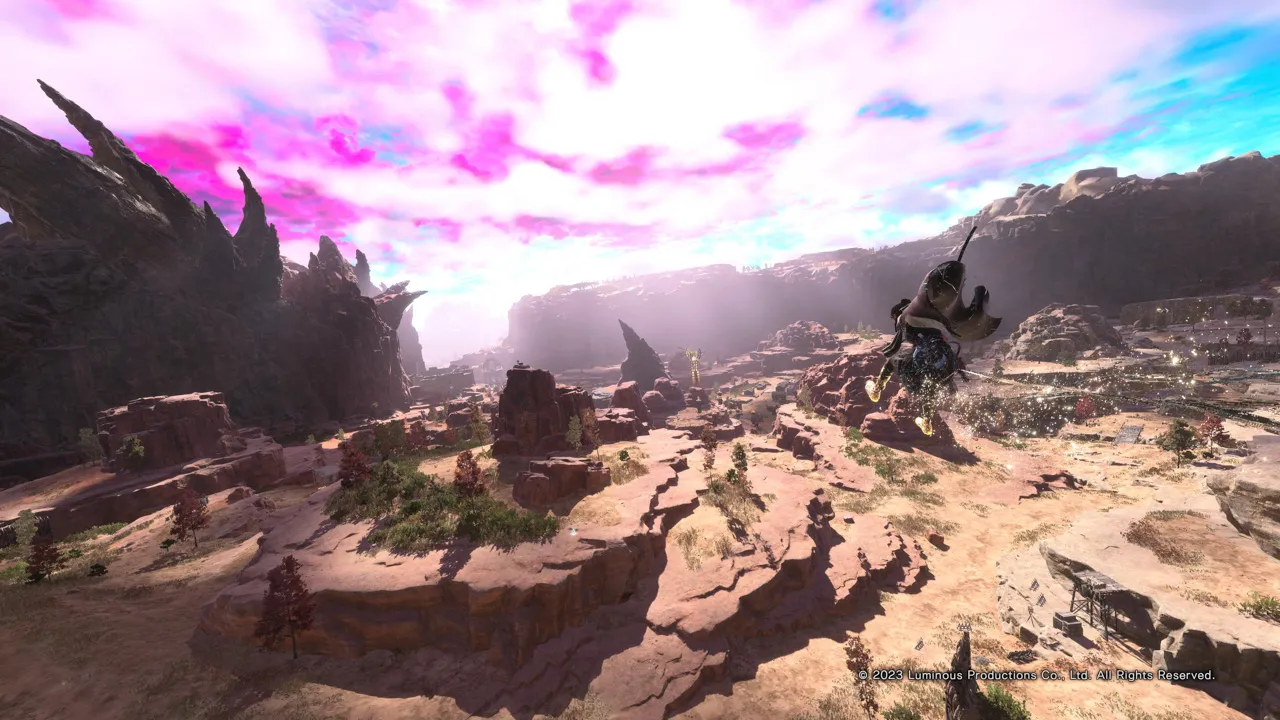 Forspoken gameplay
Forspoken gameplay
Frey, as the protagonist, had the potential to be a compelling character, but the weak dialogue and rushed emotional beats leave her feeling underdeveloped. Similarly, the supporting characters are forgettable, hampered by the limited and uninteresting side quests.
A Lifeless Open World
While Forspoken boasts a vast open world, the disappointing side quests are primarily confined to the city of Cipal. Venturing beyond its walls offers little in the way of meaningful exploration or unexpected encounters, unlike games like The Witcher 3 or Horizon Forbidden West.
Outside Cipal, activities are limited to timed combat challenges, parkour races combined with combat, clearing out enemy encampments, and hunting powerful mutated creatures for rare crafting materials. Scattered across the map are hidden items that unlock new nail designs and cloaks for Frey. Similar to games like Assassin’s Creed and Far Cry, unlocking viewpoints reveals surrounding areas on the map. Dungeons offer further rewards in the form of cloaks and necklaces, but their design feels repetitive, varying little beyond cosmetic differences.
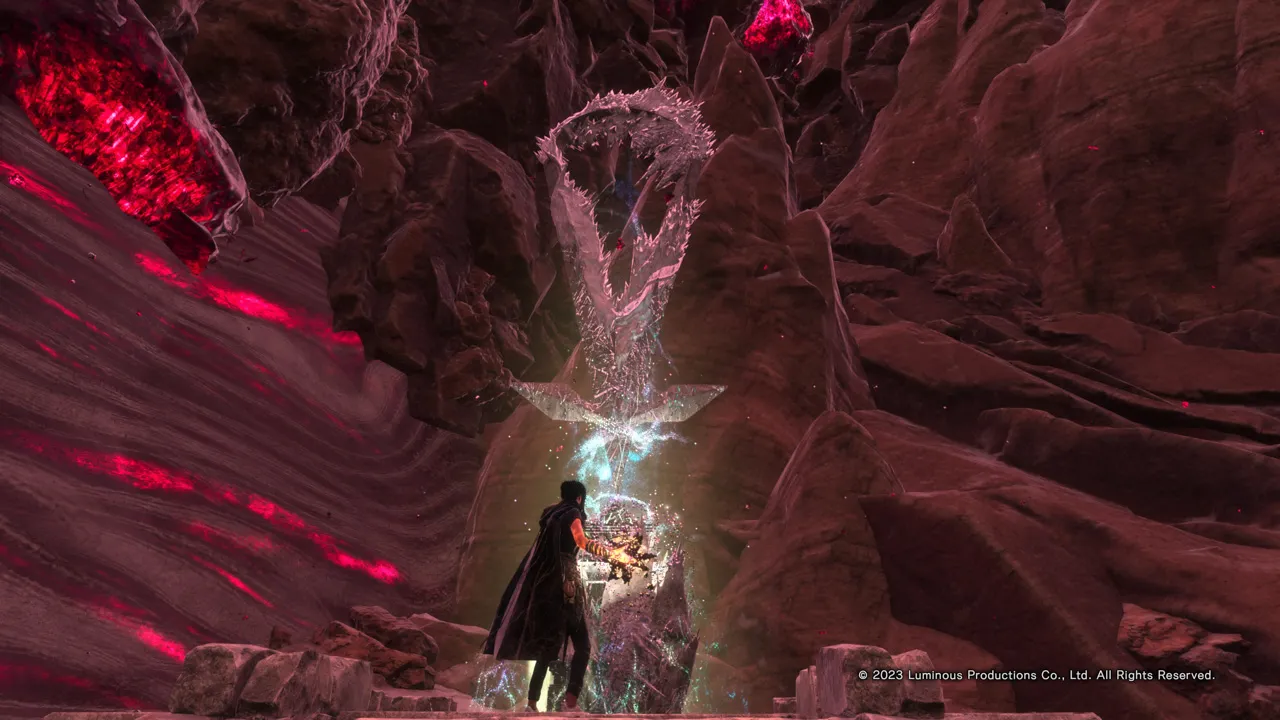 Forspoken combat
Forspoken combat
Treasure chests often present simple combat or puzzle challenges, rarely requiring more than 20 seconds to complete. The lack of complexity contrasts sharply with the engaging puzzle elements found in games like Dragon Age: Inquisition. The inclusion of these simplistic mini-games within a supposedly serious and dangerous world feels jarring and out of place. Unlike games like Saints Row or Horizon Forbidden West, where mini-games are integrated into tournaments and leaderboards, Forspoken’s challenges lack context and purpose.
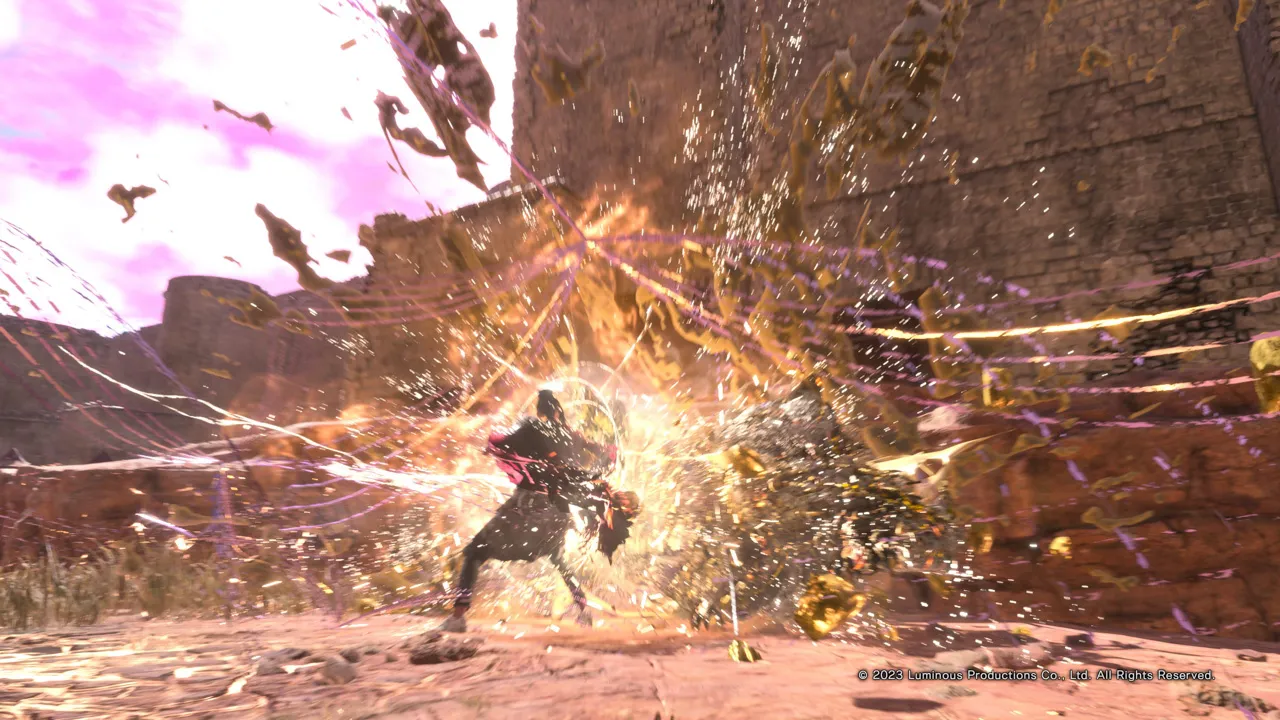 Forspoken environment
Forspoken environment
Visually, Forspoken showcases impressive environments and architecture thanks to the powerful Luminous Engine. However, it fails to effectively tell a story through its visuals. The repetitive nature of the ruins and structures creates a sense of lifelessness, lacking the distinct visual storytelling found in games like Mario + Rabbids Sparks of Hope or Xenoblade Chronicles 3. Even the boss arenas, while visually distinct, are underutilized, offering only brief glimpses before the battles commence.
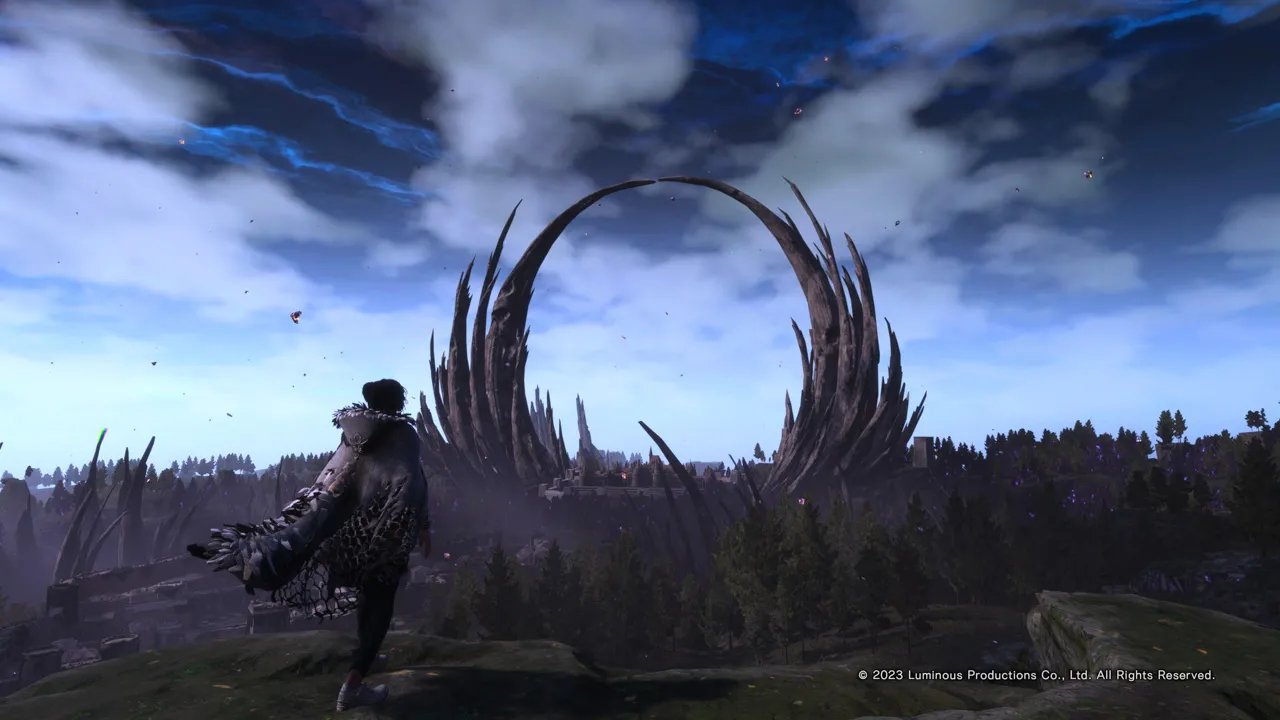 Forspoken graphics
Forspoken graphics
Furthermore, performance issues plague the game across all platforms. Even on the PS5, playing in Performance mode results in noticeable frame rate drops during graphically intensive combat sequences. Other visual modes offer little improvement unless paired with a VRR-enabled display.
A Redeeming Combat System
Forspoken’s saving grace lies in its dynamic and engaging magic-based combat system. While initially overwhelming, the controls become intuitive with practice, offering a rewarding blend of strategic spellcasting and fast-paced action.
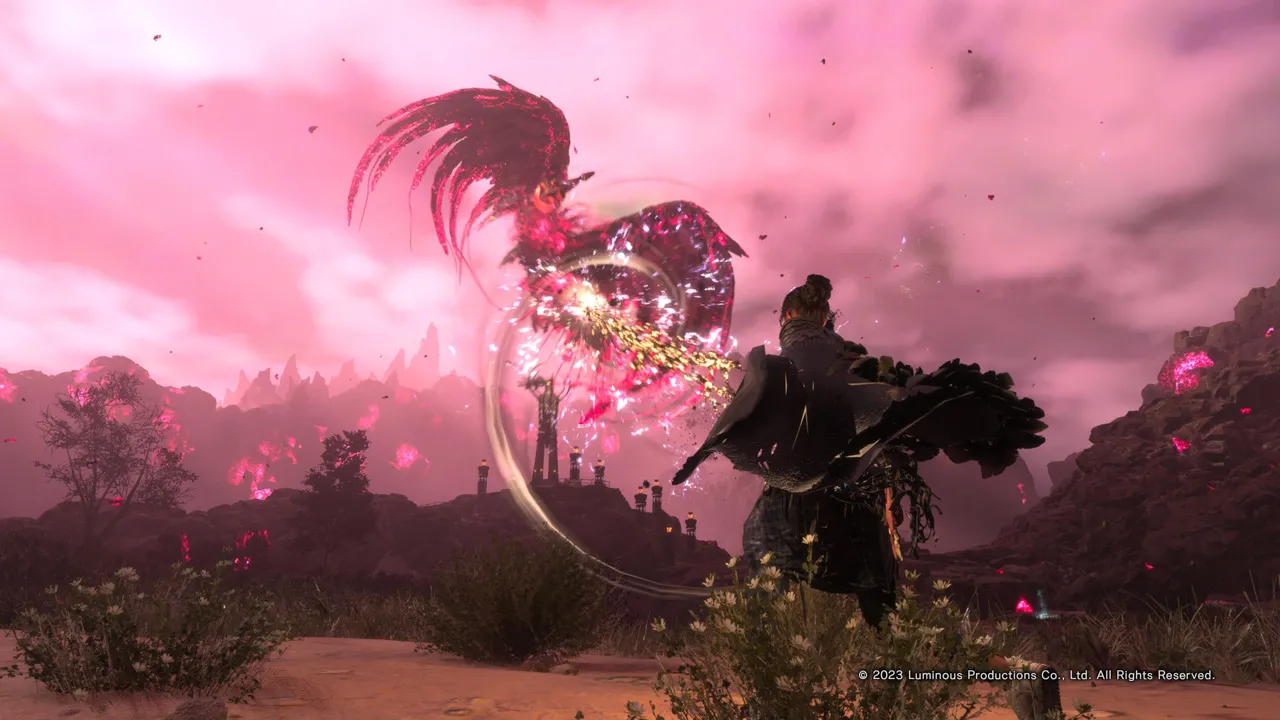 Forspoken magic parkour
Forspoken magic parkour
Frey wields a variety of offensive and support spells, unlocking new abilities and finishers by defeating bosses throughout the story. The bosses themselves exhibit unique parkour abilities, reminiscent of Delsin Rowe in inFamous: Second Son, adding another layer of complexity to the combat encounters. Each enemy type possesses distinct strengths and weaknesses, encouraging players to adapt their tactics and spell combinations for optimal effectiveness.
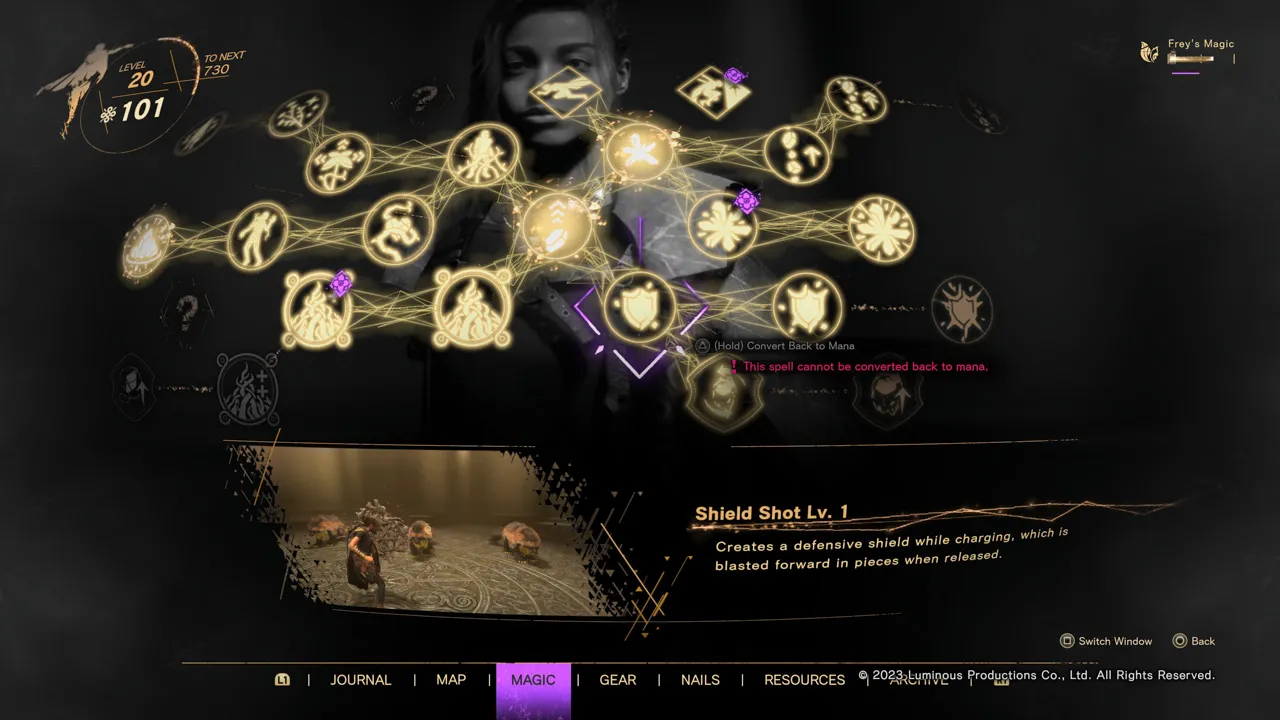 Forspoken combat abilities
Forspoken combat abilities
Spell upgrades are available through challenges found in safe houses, each offering unique benefits such as reduced stamina consumption or enhanced effects. Upgrading equipment, including nail designs, necklaces, and cloaks, is essential for surviving higher difficulty levels. While equipment initially boasts varying stats, they can be upgraded to equal strength, essentially turning them into cosmetic choices.
 Frey in Forspoken
Frey in Forspoken
The game’s soundtrack maintains Square Enix’s high standards, with energetic battle themes and evocative environmental music that enhance the overall experience. Sound effects are equally impressive, adding weight and impact to the combat and creating a believable soundscape.
While the open-world activities lack depth and relevance, their relatively short duration prevents them from becoming overly tedious. This provides a welcome respite from the main story and offers some light entertainment.





Comments (0)